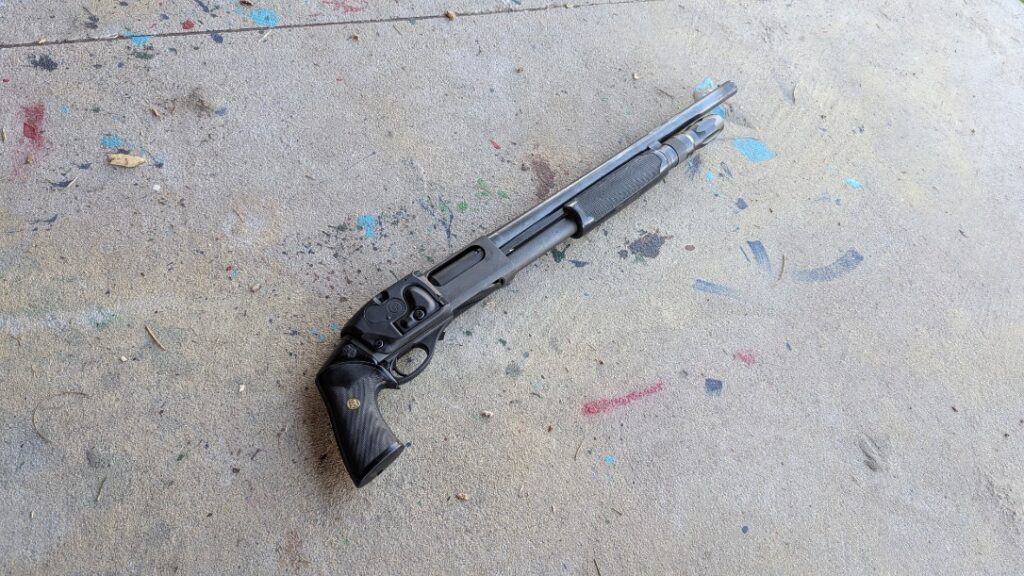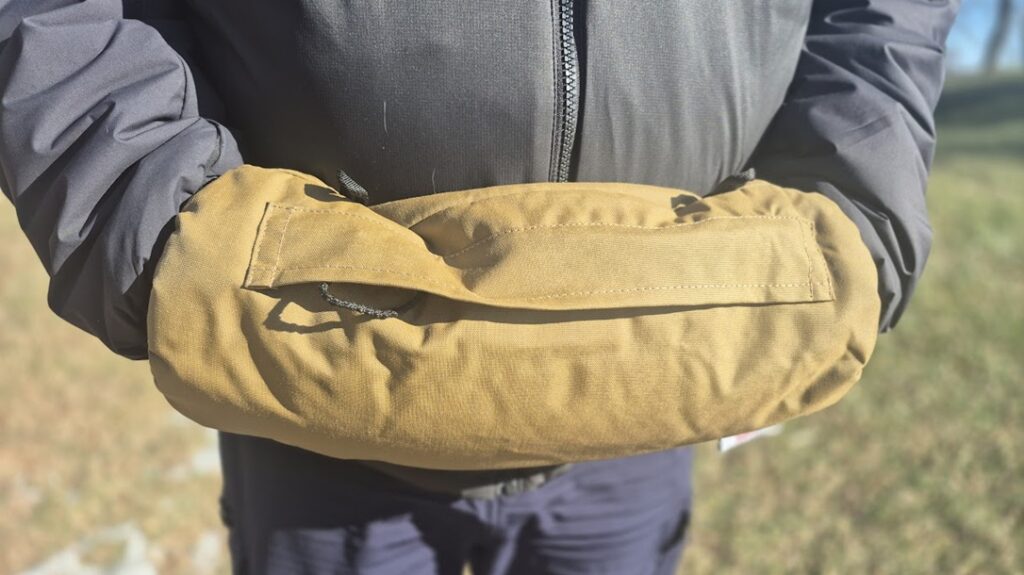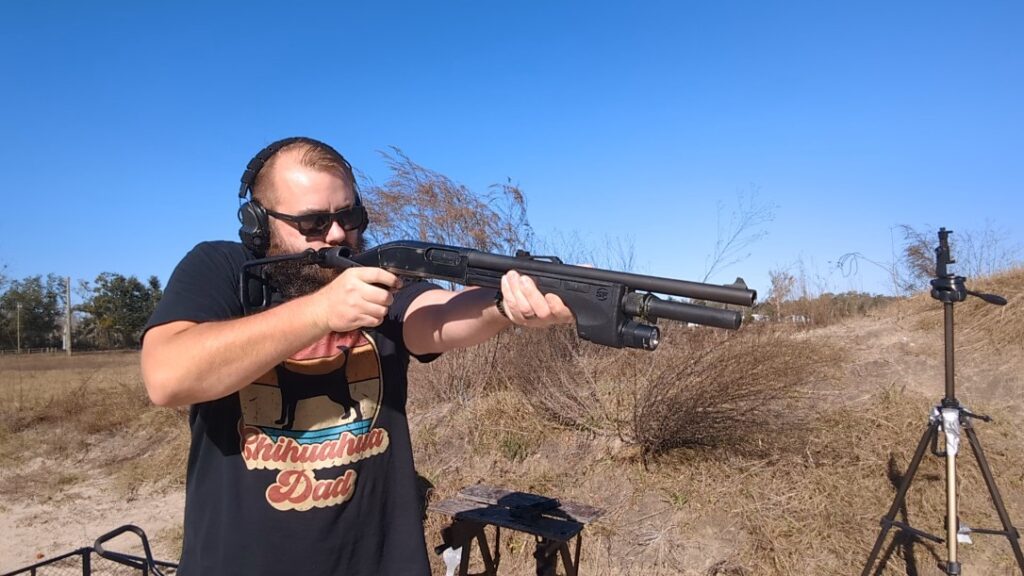Brandon Herrara (aka AK Guy) takes on the 3D printed AK receiver project. Is a 3D printable AK rifle possible?
Kinda?
The video is another one where they deep dive into some of the engineering that goes into firearms that doesn’t always make it to the attention of the end user. Nor does it need to necessarily. But when you go from user to builder that engineering become critical need to know knowledge.
Advertisement — Continue Reading Below
So… the Plastikov. An AK receiver group assembled from an online printable CAD file. The AK itself uses stamped steel and has heat treated parts for strength, elasticity, and overall durability. The plastics used in printing a receiver do not possess the same tolerance makeup that steel stampings do, it’s one of the reasons that most plastic AR receivers also failed. Plastic is neither aluminum, nor steel, and cannot be easily substituted as such for parts under operating stresses.
For ARs that usually manifested by the receiver snapping next to the buffer tube/receiver extension as the reciprocating mass of the carrier and buffer wore through the plastic until it snapped. For the AK… well, just watch.
In short, we can do a lot and I do mean A LOT of cool things with 3D printing. Prototyping is high on that list of achievable ends. But in the end when you pick a material based, at least partially, on its ability to withstand a certain level of stress it cannot easily be replaced unless the new material can take the stresses in the some way. The reason polymer receivers work in guns that were designed from the ground up with polymer parts in mind, like the G36 or the X95, is that the designs accounted for that material. The reason AKs and ARs have a hard time switching is because they accounted for the material.
Advertisement — Continue Reading Below
Radically departing from a design is always going to run into its problems but that isn’t to say it is an unworthy goal. Finding new ways to do things is how we’ve gotten where we are and we need to keep trying them. But it will always be a trial and error process. Learning from those errors and finding weaknesses in designs is how better ones emerge.
The final point is material cost and effort. With material availability as it stands using wild methods to produce an item like an AK is often more expensive and time consuming than using far more readily available material.















